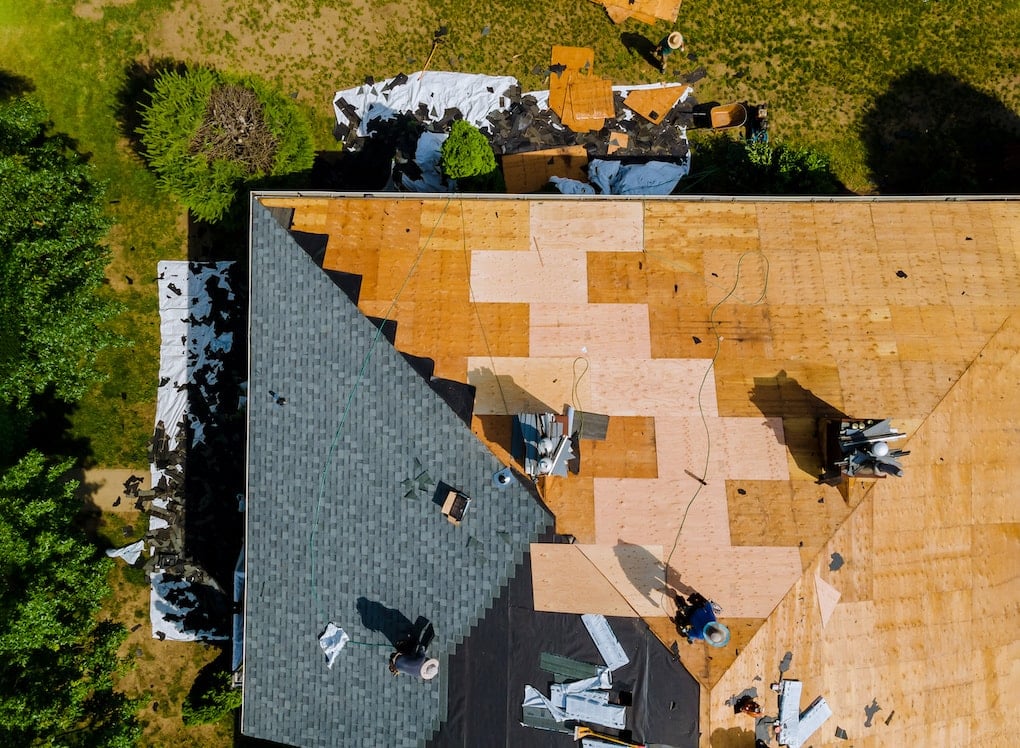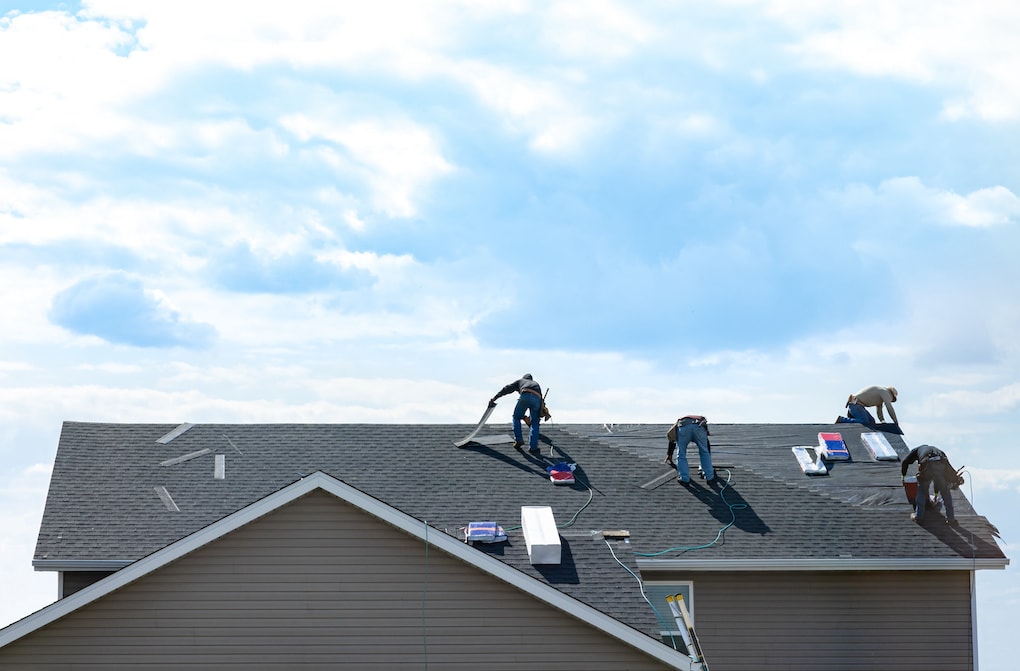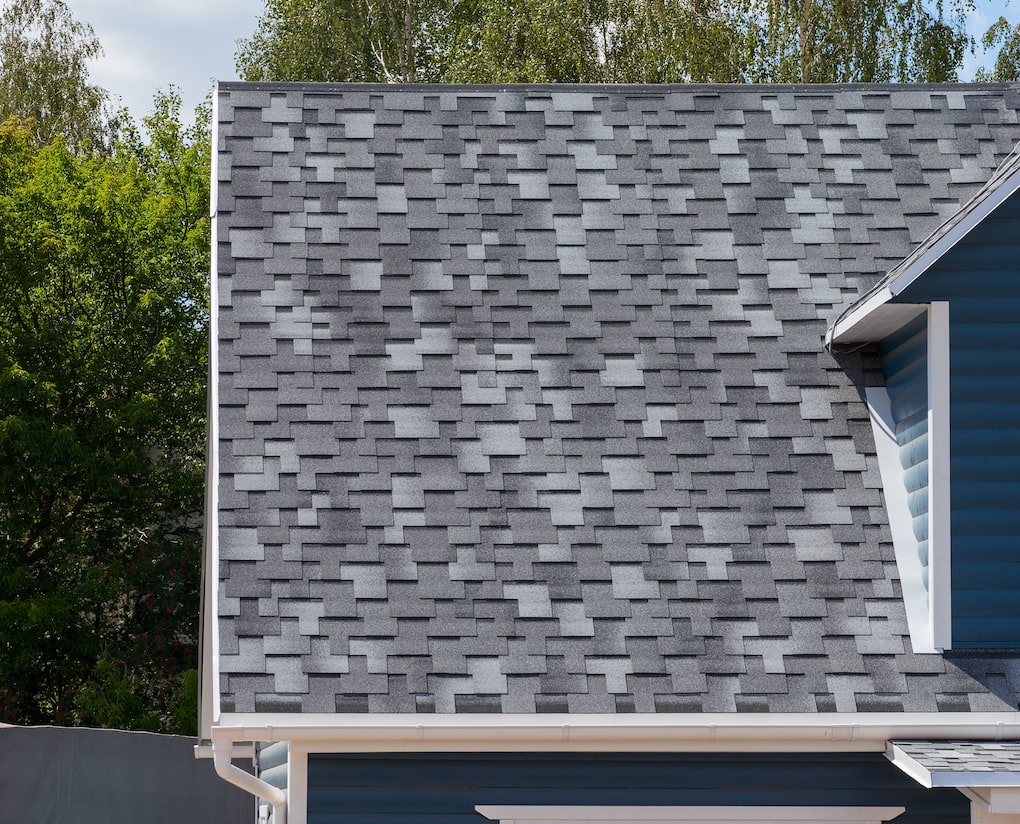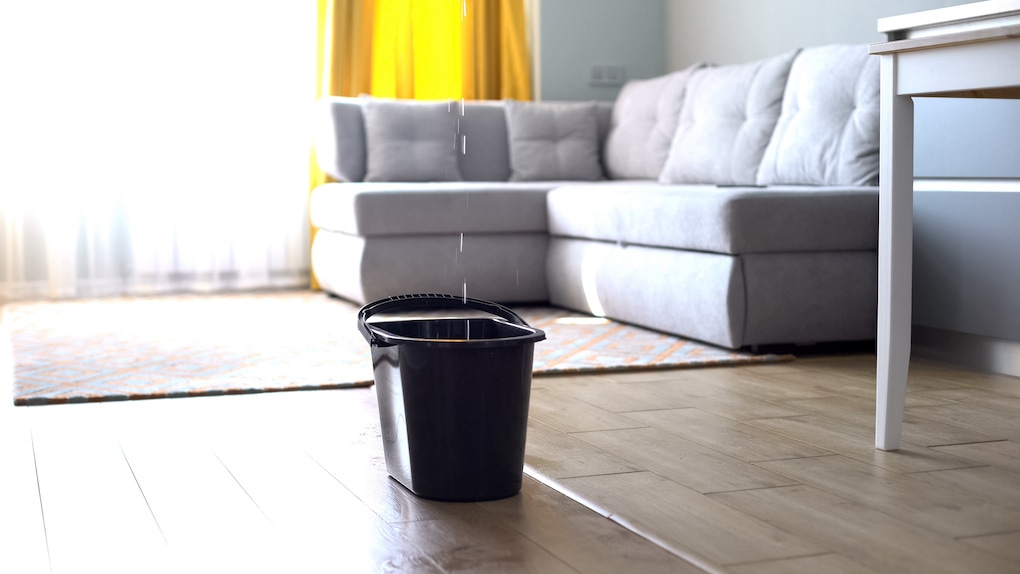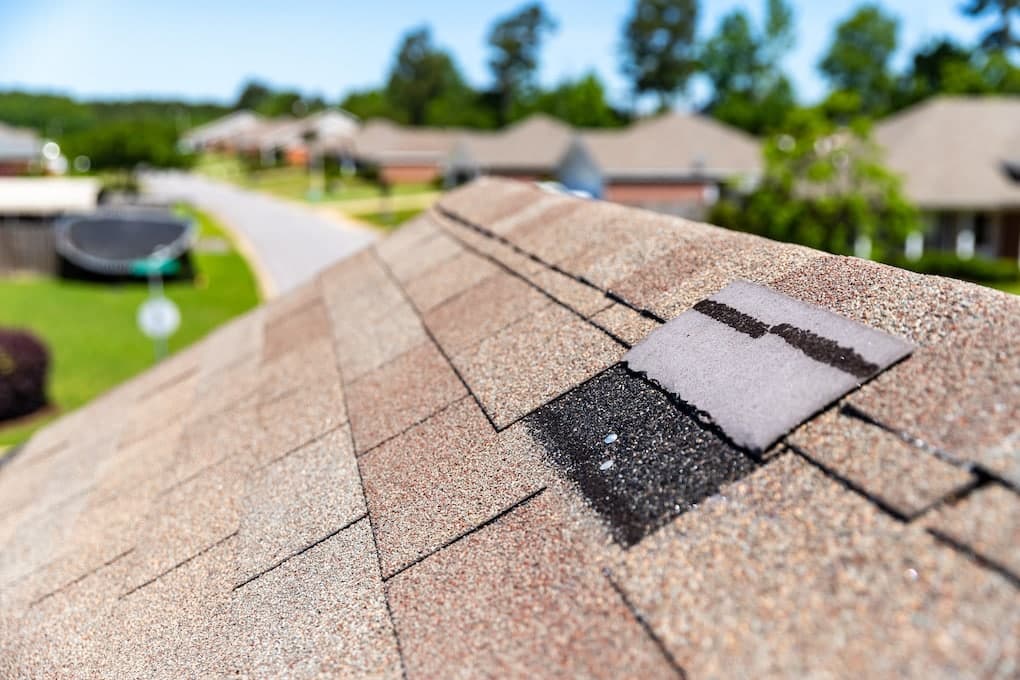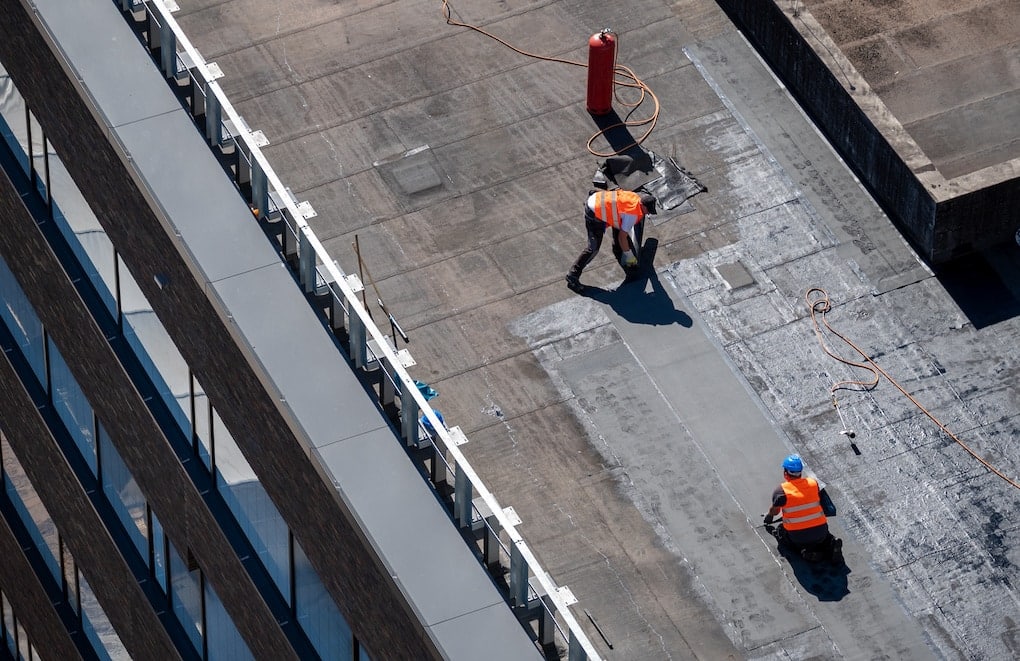
How Long Does A Flat Roof Last? (Average Flat Roof Life)
Life would be great if our roofs just lasted forever, right? But, sadly, they don’t. However, knowing how long your roof may last can help you plan for replacement, repairs, and upgrades without any surprises down the road. Today we’re talking about flat roofs and their intended lifespans. Flat roofs don’t last as long as most other roofing materials, but they sure get the job done with the time they have! So, if you’re wondering “How long does a flat roof last?” and are curious when you need to replace it, or you’re considering investing in a flat roof and want to weigh your options—we’ll help guide you in the right direction. What is a Flat Roof? Before we go into the life expectancy of different flat roofs, you must know exactly what a flat roof is. Technically, a flat roof isn’t 100% flat—it’s installed on very low slopes of 10 degrees or less. A perfectly flat roof wouldn’t allow proper water or snow drainage. There are a few different types of flat roofs. The most common include: How Long Does A Flat Roof Last Based on Typehow l? Now, we’ll define each of the common types of flat roofs, plus how long each one is intended to last. Built-Up Roofing (BUR): 10 to 25 Years Built-up roofing is one the most durable flat roofs lasting anywhere from 10 to 25 years, depending on how well it was installed. BUR consists of multiple layers of waterproof materials, including fiberglass matting, asphalt, rubberized foam sheets, and tar paper. Built-up roofing tends to have a higher upfront cost when compared to modified bitumen or even TPO, but because of the materials used in its construction—it will last much longer. If you’re unsure if you have a BUR roof, just check for the tar and gravel top layer—chances are you have a built-up roof. Modified Bitumen (single-ply): 15 to 25 Years Single-ply modified bitumen roofs have been used for years because of their relatively low cost and durability, making them one of the most commonly used low slope roofs today. Single-ply modified bituminous roofs are made of a combination of asphalt and modified polymer blends. They can last anywhere from 15 to 25 years, depending on the size of the roof, regular maintenance, and how well it was installed. The one downfall of modified bitumen is its seams—if not properly sealed, they can easily leak. EPDM: 40+ Years EPDM stands for Ethylene Propylene Diene Monomer, a rubber flat roof that is very popular in commercial roofing. EPDM is easily applied in large rolls and is either ballasted and weighted down with large stones or adhered with glue or another roofing adhesive. EPDM roofs are highly durable, tear-resistant, and can withstand harsh temperature shifts plus UV rays. With proper installation and maintenance, an EPDM rubber roof can last 40 years or more! TPO: 15 to 20 Years TPO stands for Thermoplastic Olefin and is another typical low slope roof, particularly for commercial structures. TPO roofs are made of a combination of polyolefin, rubber, and plastic components. They last just 15 to 20 years but are easily repaired and replaced, so you aren’t faced with a complicated, expensive job every time you install a new one. Green Roofs: 20 to 50 Years or More Made up of a thin layer of soil and plants, green roofs are meant to be very self-sufficient and work great for water absorption and insulation. As a result, they’re commonly used on residential properties, particularly apartment buildings in urban areas. These roofs can last anywhere from 20-50 years or more, depending on climate and maintenance. They help to naturally insulate the building and can even help offset the effects of carbon emissions. Tips for Helping Your Flat Roof Last Longer You can definitely “set it and forget it” with your roof, but don’t expect it to last as long as it’s intended. Roofs require maintenance, care, and repair when needed. However, there are a few things home, and property owners can do to ensure their roof lasts longer and without issues. Flat roofs are a unique, low-cost alternative to other more expensive roofing materials. They might not be as durable or long-lasting as pitched metal or shingle roofs, but they work great for most commercial and residential buildings with a low-slope design. Although they do require some maintenance and upkeep, they can last anywhere from 15-50 years, depending on the type of roofing materials used. Make sure to keep an eye out for warning signs, limit foot traffic as much as possible, and perform regular cleanings to ensure they last. If you need any help or advice on flat roofs or need repairs or replacement, reach out to Apple Roofing—our professional team is ready to help!

